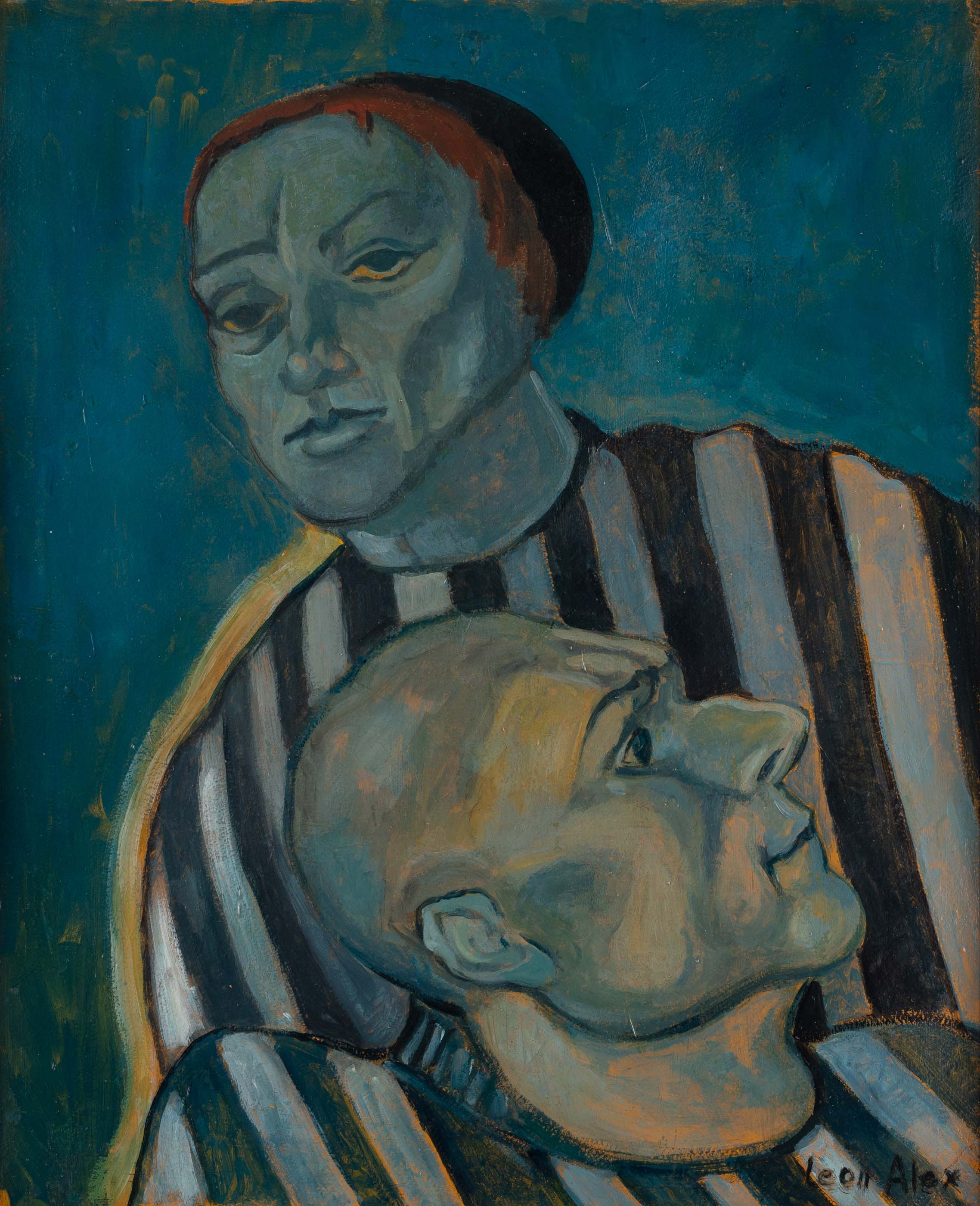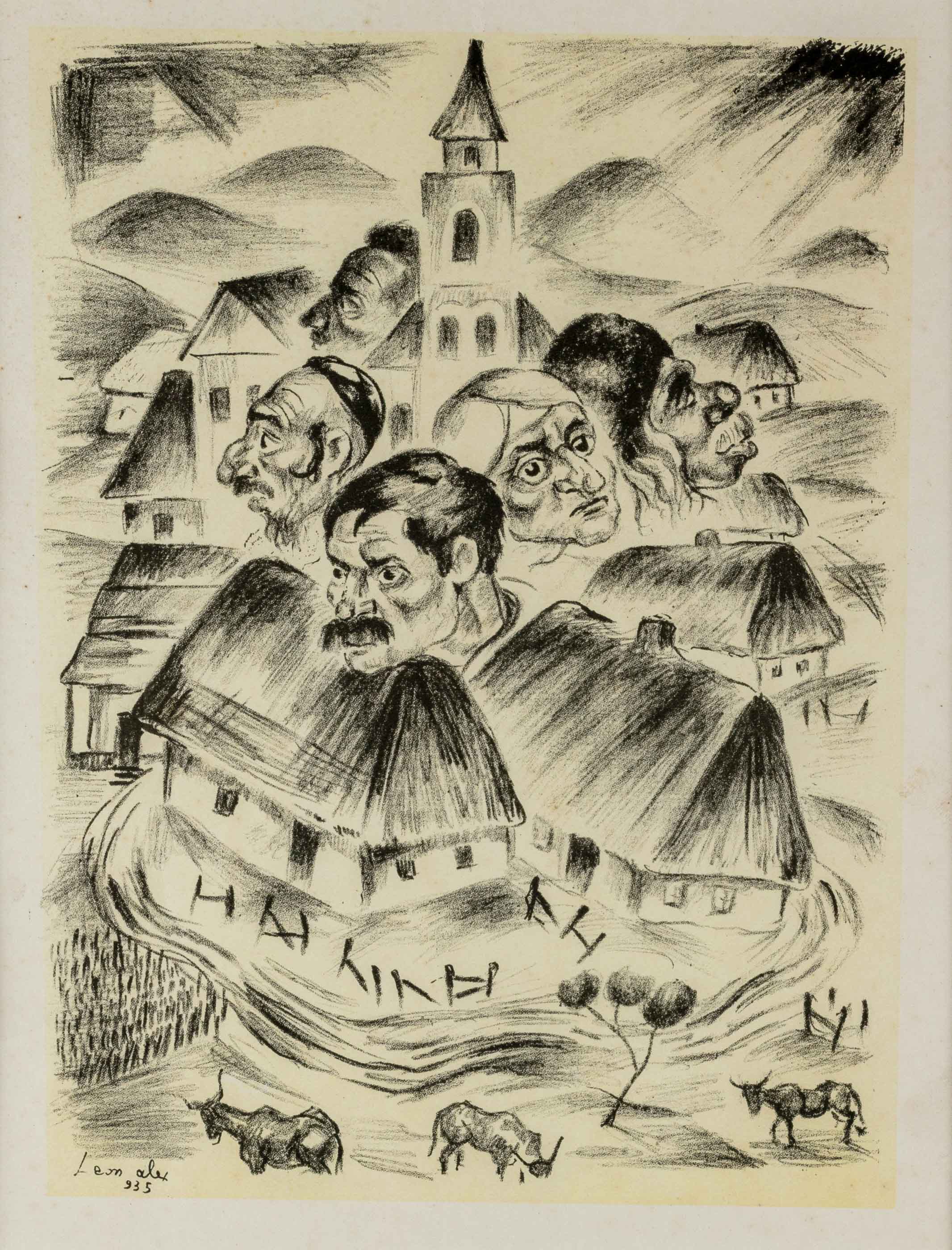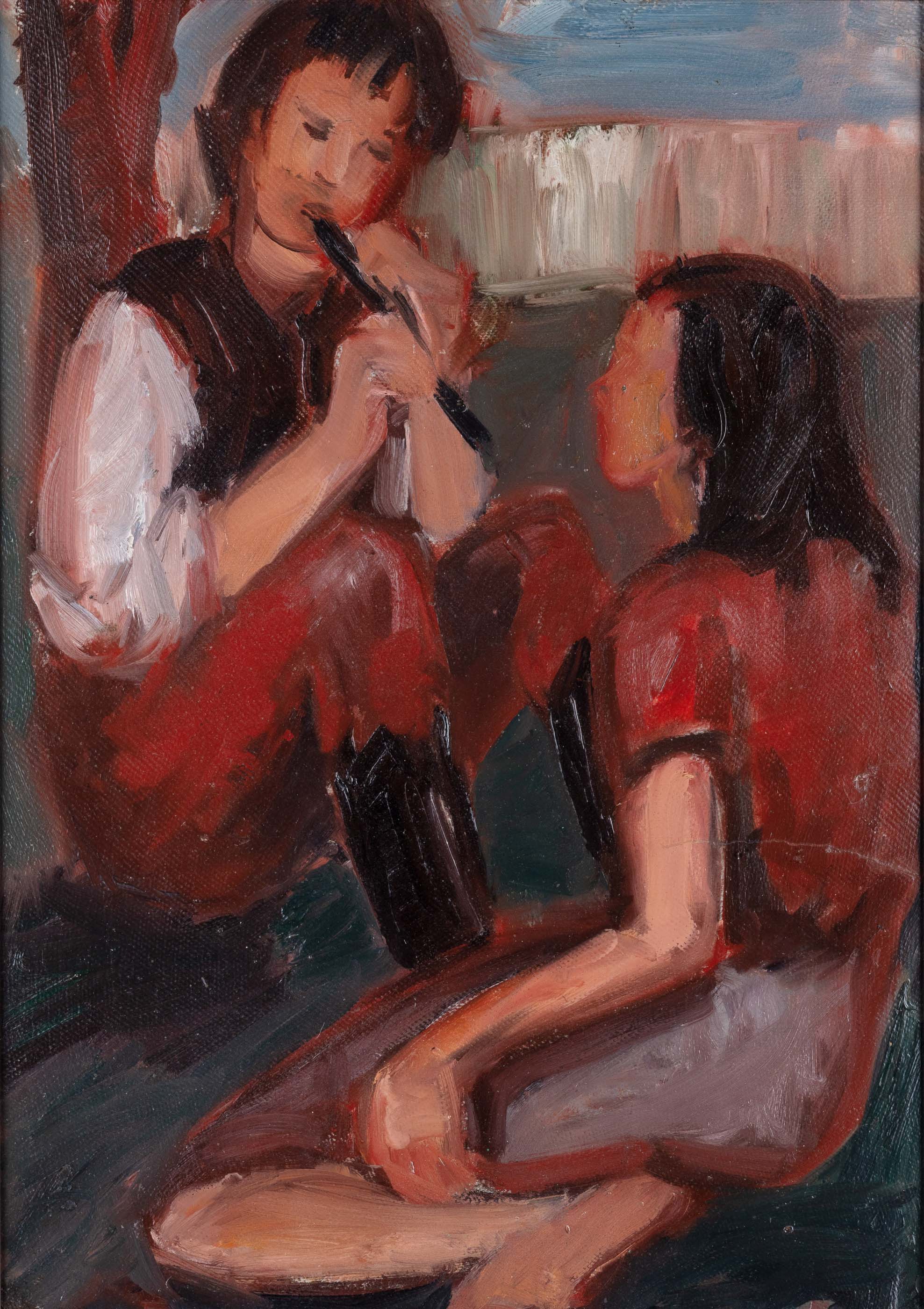Pessimism
Pessimism
lithography on yellow background, paper, 28.5 x 23 cm
The Expressionist artists, as well as those later influenced by the movement, such as Leon Alex, will often resort to an aesthetic of ugliness as well as scary or disturbing subjects. Expressionism, which started in Germany in the early twentieth century, was one of the most important avant-garde movements. It appeared as a reaction to the difficult social and political context of the country, from the period before the First World War.
In the work Pessimism, the branches of the trees metamorphose into menacing claws, as the artist's goal was to capture the subjective, emotional, human perception of reality and not the objective reality itself. Unlike the other avant-garde movements, such as Fauvism or Cubism - which were primarily concerned with the visual impact of shape and color - expressionists pay special attention to the subject, which is usually strongly emotionally charged, meant to convey the inner experience of the artist.
The raw, porous, and primitivist texture resulting from the lithography technique is used to increase the serious and heavy emotional impact of the work. From the beginning of expressionism, German artists will choose their technique in a way to give a primitivist aspect to their work: in terms of painting, one can see a raw and seemingly "untidy" brushstroke, while in terms of the graphics, woodcuts, the wood fiber - used as a board in this technique - will be allowed to stand out in the final image.
The lithography is part of a series of works with pronounced expressionist traits through which the artist clearly captures the shortcomings of interwar capitalist society.
The composition depicts a lonely rower with an oar struggling to head upstream. He is standing on a coffin, suggesting in a striking way that he is heading toward death, but still fighting against it on the tortuous river. The river disappears in the distance, at the base of the gloomy mountains. Along the riverbank, instead of trees one can see hands with claws arched upwards, willing to grip the rower, symbolizing the imminence of the end, expressing a pessimistic outlook.
Leon Alex (Löwinger Sándor)
Pessimism
lithography on yellow background, paper, 28.5 x 23 cm
autograph title at the bottom left in pencil: "Pesszimizmus"
-
on the back:
1. DJC stamp, Cluj
2. label no. Gallery Quadro: 3349
3. label of the Sors és Jelkép Exhibition, National Gallery of Hungary, Budapest
-
Condition of the work:
good
-
Documents:
Definitive export certificate, No. 23 from 09.06.2017
-
Exhibition:
Sors és jelkép. Erdélyi magyar képzőművészet 1920-1990, Hungarian National Gallery, Budapest, 2015.
-
Reproduction:
Sors is jelkép. Erdélyi magyar képzőművészet 1920-1990. (exhibition catalog) Hungarian National Gallery, Budapest, 2015. Nr. repr. 361. Borghida István: Leon Alex. Kriterion Könyvkiadó, Bucharest, 1973. Nr. repr. XXI.
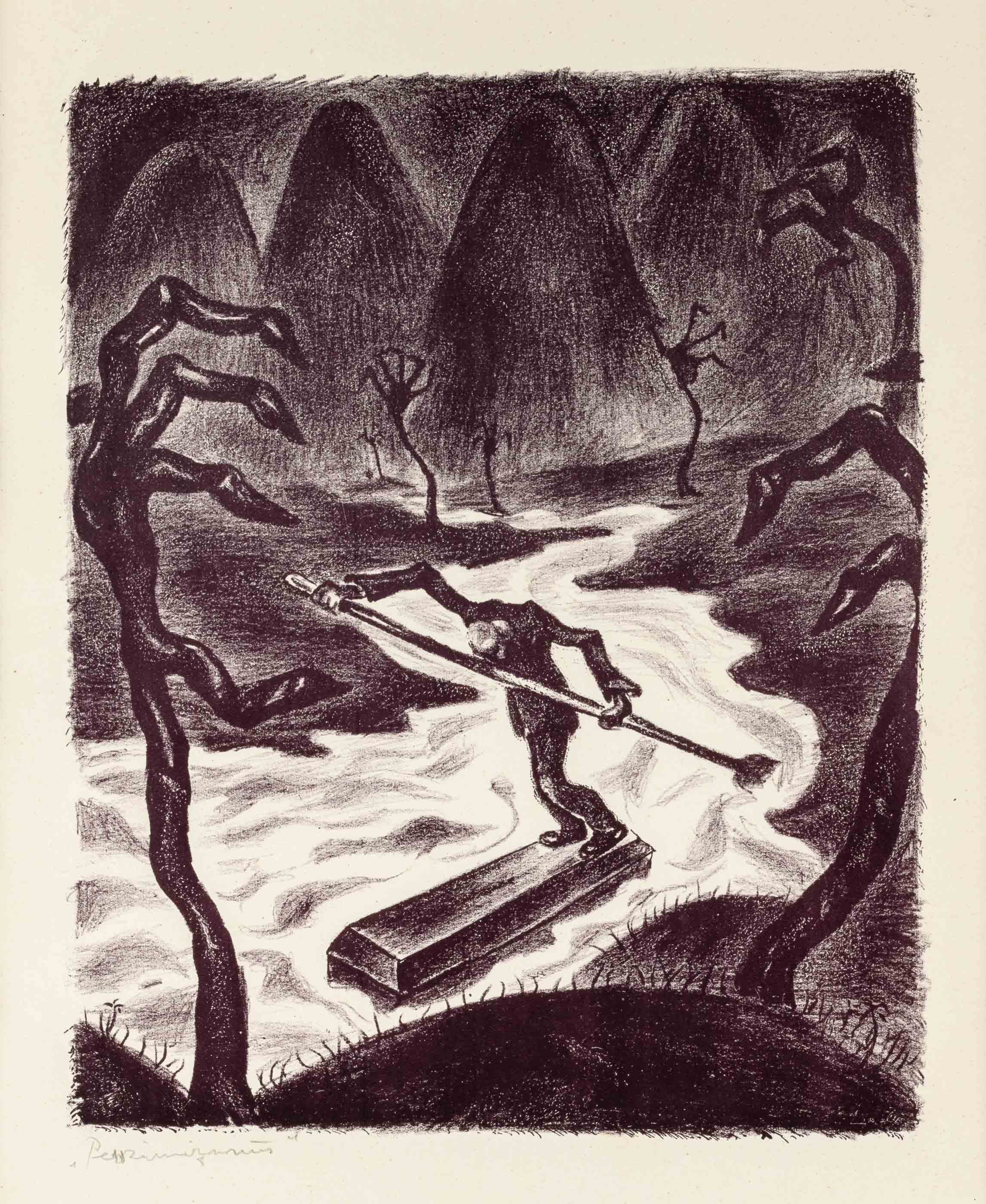
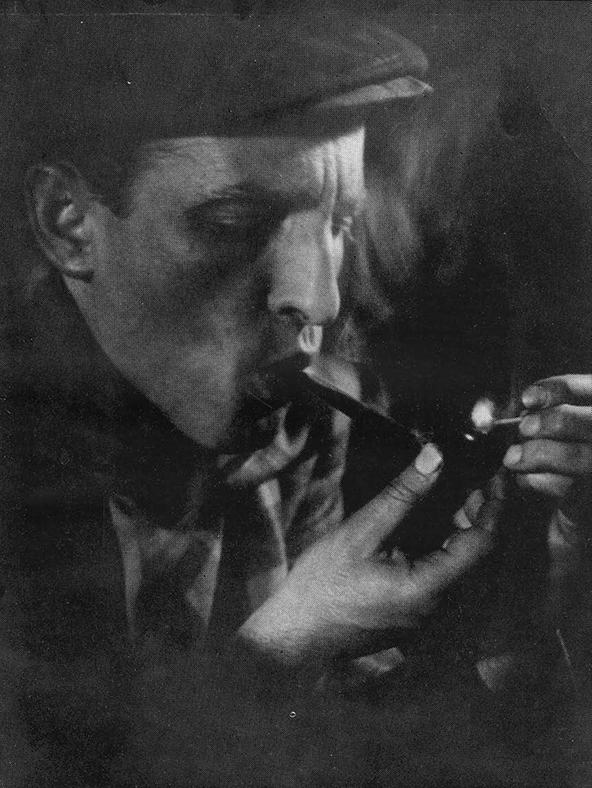
Leon Alex (Löwinger Sándor)
1907, Petroșani - 1944, Ostroh, Soviet Union, Ukraine territory today
Born in a working-class family, he tried to make a living not only as an artist but as a working man. This is how he was last seen, as a worker…on the Eastern Front.
SEE DETAILS










